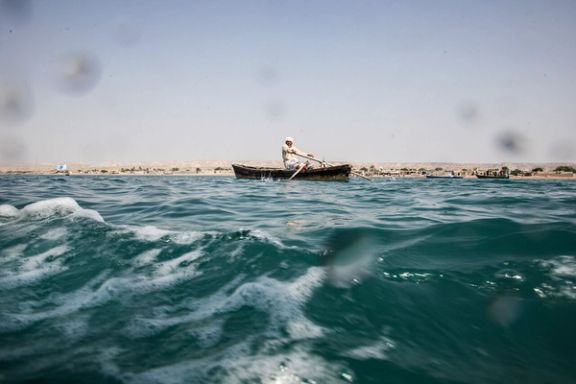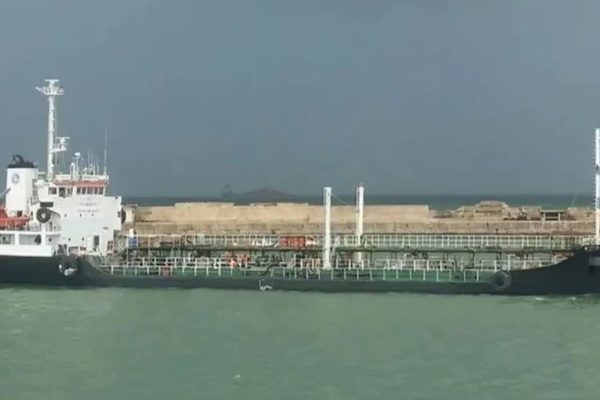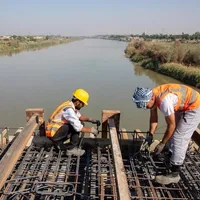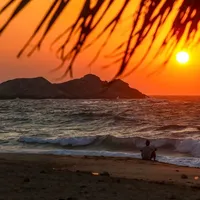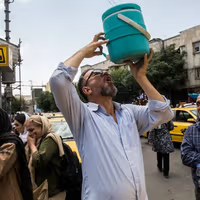Aliabadi said the price of sending desalinated water from the south to the capital was far above what the state could justify in day-to-day planning. “This is not an economic option,” he said, adding that officials “will do whatever is needed” if people’s safety is at risk.
He said Tehran’s water stress meant all workable options had to be reviewed but said some crops consumed water in ways that “do not make economic sense” and should not be supported.
Aliabadi said large desalination sites were being built in Chabahar, Bandar Abbas and Khuzestan to strengthen water supplies in the south and draw in private investment. If those plants ease pressure in the south, he said, water now moved upstream could instead be kept for Tehran and northern areas, though he said this needed detailed study.
Former minister voices strong objection
Former transport minister Abbas Akhoundi criticized the approach, saying it overlooks environmental limits and the long-term cost for the public.
He wrote that the government could not “force nature to bend to machines” and said both capital relocation plans and major desalination transfers misunderstood why Iran faces deep water stress. He said such projects would burden the country without solving the core problem and would mainly benefit contractors.
Water specialists warn Iran is nearing what they describe as water bankruptcy, where use has exceeded supply for years and the reserves that once fed major cities have been depleted.
Kaveh Madani, director of the UN University Institute for Water, Environment and Health, told Eye for Iran that Tehran’s reservoirs are near historic lows and that the capital is approaching “day zero,” when steady tap water can no longer be assumed.
He said if winter rains fall short, daily life in major cities could shift to storage tanks, tanker deliveries and bottled water.
